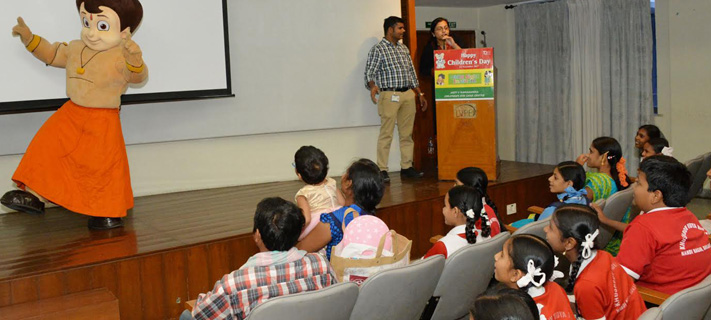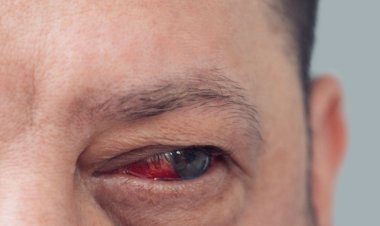Child eye care is important

Children’s Eye Care Week at L V Prasad Eye Institute (LVPEI) highlighted the need to diagnose Amblyopia (lazy eyes) and Squint (crossed eyes) on the occasion of Children’s Day on November 14th and as part of Children’s Eye Care Week (November 8–14) at L V Prasad Eye Institute.
In order to sensitize the public regarding children’s eye health, LVPEI organized various activities and also created an awareness session whereby parents are made aware of eye problems.
Amblyopia, also known as lazy eye is a vision development disorder in infants and children in which an eye fails to achieve normal vision even with full prescription glasses or contact lens. There are multiple causes of amblyopia including refractive errors (glasses), ‘crossed eyes’ or squinting, cataracts in childhood, corneal/retinal diseases. Amblyopia begins in infancy or early childhood. In most cases only one eye is affected but if left untreated, it can cause severe visual disability in the affected eye. It is important to consult a paediatric ophthalmologist at the earliest.
According to the World Health Organization in 2014, the prevalence of amblyopia across the globe is approximately 1%-5% of total population. It was estimated, that over 19 million children aged less than 15 years were visually impaired, out of which, 12 million are impaired due to uncorrected refractive errors and amblyopia.
Dr Ramesh Kekunnaya, Head – Child Sight Institute, L V Prasad Eye Institute said, “Treatment of amblyopia is easy with correction of full refractive error with glasses and occlusion therapy with patching of the good eye. If treated promptly, good vision can be achieved. However, early treatment is the key.”
Squint, also known as strabismus or crossed eyes, occur in infants, children and adults because of imbalance of the muscles that move the eye. The eyes can move inwards towards the nose or outwards, and sometimes even up and down, preventing the eyes from moving together. Sometimes squint in infants and children can be due to neurological problems, or can even be a sign of a severe ocular problem such as a retinal detachment, or even eye cancer.
Dr Kekunnaya further added that in India, 2-3 % of children have strabismus, a majority of which are left untreated and eventually develop severe vision loss. Treatment of squint varies according to the type of squint, and may include prescribing glasses, exercises and surgery. These children require complete comprehensive eye and neurological examination.
Preventing blindness increases access to education, employment and prosperity, and enables greater participation in social life. Of the 45 million people worldwide who are blind, around 1.4 million are children under 16. The majority of childhood blindness happens before the age of five – a period when 75 per cent of learning is through sight.

 Disclaimer: Welthi.com does not guarantee any specific results as a result of the procedures mentioned here, and the results may vary from person to person.
Disclaimer: Welthi.com does not guarantee any specific results as a result of the procedures mentioned here, and the results may vary from person to person.









